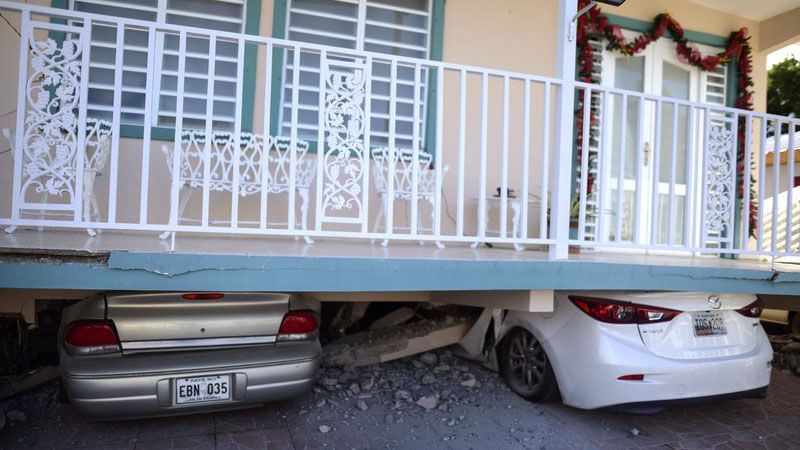TAMPA, Fla. — The Caribbean has been the epicenter for earthquakes as of recent. A major earthquake struck the Caribbean Tuesday afternoon. It triggered a tsunami only a few inches tall within the Caribbean Tuesday afternoon but there were no reports of damage. Not long before, a series of strong earthquakes rattled Puerto Rico and caused extensive damage there.
The Caribbean is a seismic hotspot when it comes to Earthquakes. Once in a while, an earthquake may trigger a devastating tsunami. Fortunately, tsunamis are rare in the Caribbean due to the lack of subduction zones. The last major tsunami to strike the Caribbean was in 1946 after a magnitude 8.1 earthquake struck the Dominican Republic. The 1946 tsunami was responsible for nearly 2,000 fatalities.
There's also documentation from 1918 of a magnitude 7.5 earthquake that resulted in a tsunami which killed at least 40 people in northwestern Puerto Rico.
Earthquakes in the Caribbean often occur along faults where the North American and Caribbean Plates meet. Most faults in the Caribbean are "strike-slip faults," which are not favorable for tsunamis. This is because land isn’t being displaced but rather moving against each other in opposite directions.
The fault between the North American Plate and Caribbean Plate is known as a "strike-slip fault.” It's a transition boundary where the Caribbean Plate moves east and the North American Plate moves west. In between are smaller subduction zones such as the Lesser Antilles subduction zones and the Puerto Rico Trench.
Earthquakes that occur along subduction zones are much more prone to tsunamis because land is being displaced vertically. A subduction zone is when two plates move toward each other causing one plate to rise over another. When this process occurs under water, tsunamis can form.
The combination of earthquakes, volcanoes, and landslides make the Caribbean vulnerable to tsunamis.
“It’s been a long time since a big earthquake and tsunami have hit the region, but almost 3500 people have lost their lives in the past 500 years from tsunamis in the Caribbean,” said Von Hillebrandt-Andrade. “The vulnerability is just huge because so much of our population and infrastructure is located right along the coast.”
According to the Caribbean Tsunami Warning Program:
- An estimated 3,500 deaths from tsunamis in the Caribbean over the last 500 year.
- Tsunamis can be regional and triggered by large quakes in subduction zones or local, from smaller quakes and or volcanic activity.
- 1946 was last known major tsunami to strike the Caribbean.
- In 1867, and offshore earthquake triggered a 10m-high tsunami wave in the US Virgin Islands with fatalities reported in Guadeloupe and Puerto Rico.
It's been awhile since the Caribbean suffered a significant tsunami and while one is unlikely anytime soon, it will happen again. While tsunamis aren’t often on the mind of travelers visiting the Caribbean, it is still a good idea to know routes to higher ground. You never know when the next one will strike.



